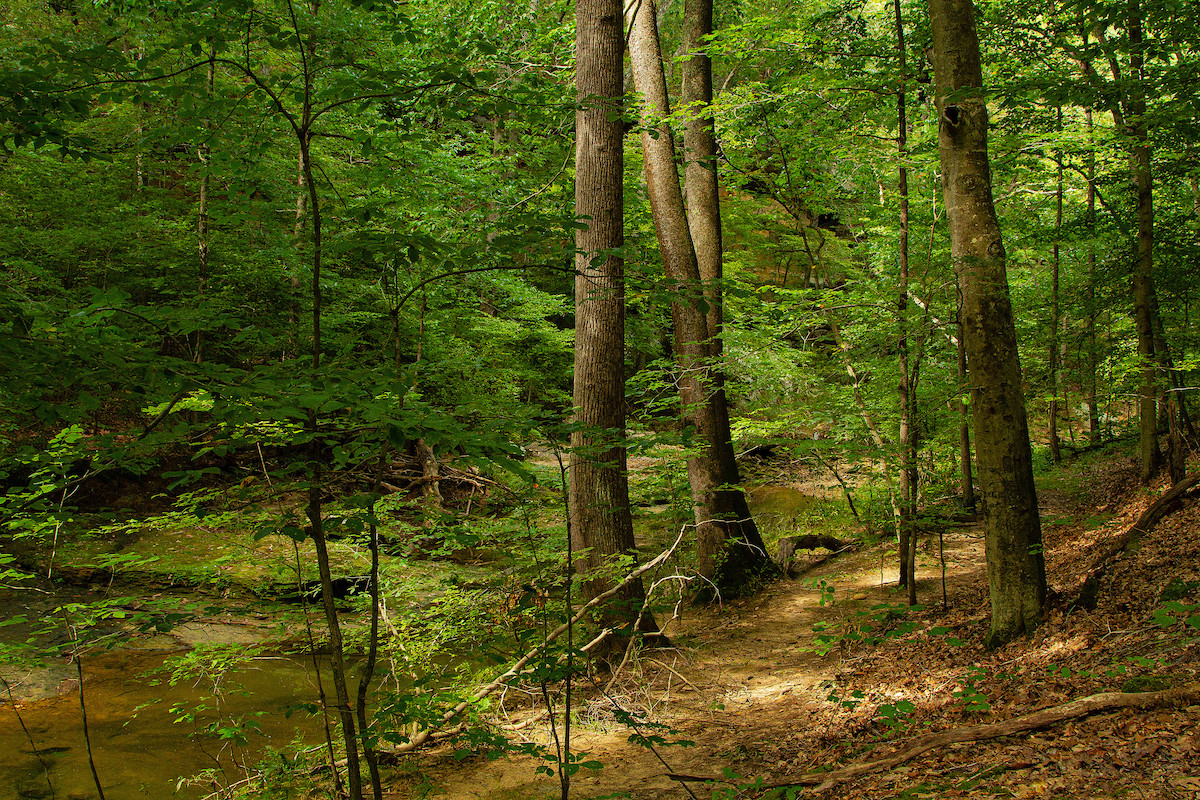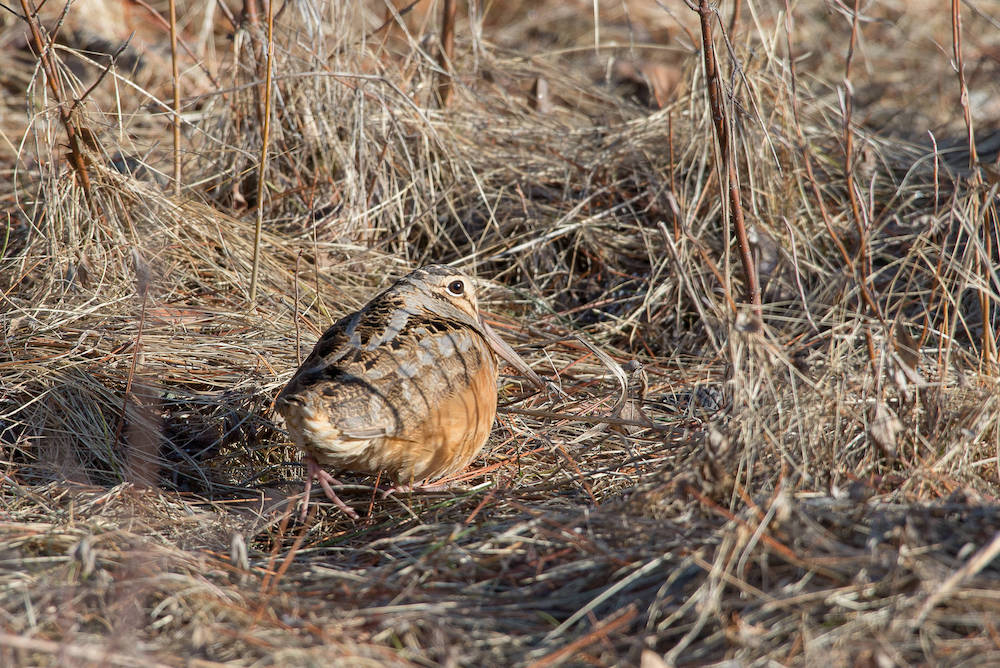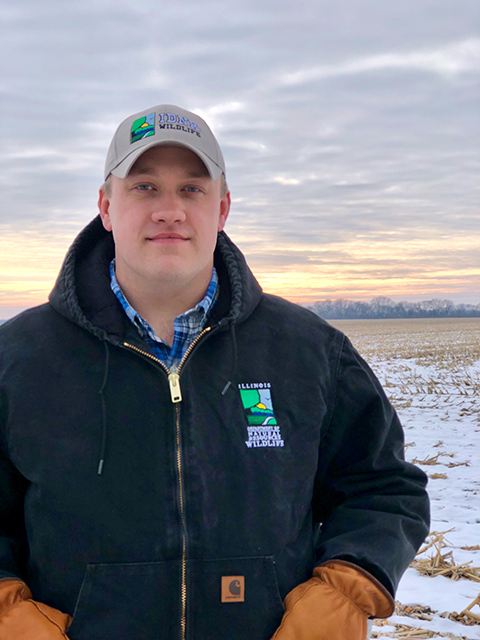
Photo by Michael R. Jeffords.



Photo by Michael R. Jeffords.
I was sitting at the kitchen table on the morning of April 22, 2020. I had been working from home for a little over a month and as I topped off my coffee cup to ready myself for another day of remote work, I turned to my tattered copy of Aldo Leopold’s A Sand County Almanac for a little Earth Day inspiration. Aldo Leopold was born in Iowa in 1887 and is considered by many the founder of the field of modern wildlife management. He was also a staunch advocate for protection of wilderness areas. First published in 1949, A Sand County Almanac is made up of a series of essays, and the book is best described by Leopold himself in the opening words of his foreword: “There are some who can live without wild things and some who cannot. These essays are the delights and dilemmas of one who cannot.”

This next part will probably come as no surprise to anyone who lived through the adventure that was 2020, but as I picked up that book like I had done countless times before, it literally fell apart in my hands. As luck would have it, in celebration of the 50th Earth Day, a new edition had just been released, so after a few clicks on the Aldo Leopold Foundation’s online shop, my new copy was on its way to my door. Okay, well technically I ordered four copies; they were on their way to my door.
While I was first introduced to the book in an Intro to Environmental Studies class at the University of Illinois, it was not until several years later, while working as a wildlife officer for Colorado Parks and Wildlife, that I really began to feel the impacts of Leopold’s writing. A big part of Leopold’s draw is his ability to craft for the reader a work that seems timeless. Whether he is describing the land ethic, telling stories of his farm, talking about hunting gadgets, championing wilderness protections, or discussing legislative matters, you get the feeling he could have written the essays last night when in actuality they were penned more than 70 years ago. Since “rediscovering” A Sand County Almanac, I have rarely gone out to do field work or overnight travel without a copy thrown into my truck cab or gear bag.

A Sand County Almanac is arranged in three parts with Part I grouped into a series of essays ordered chronologically January – December; these stories tell what Leopold and his family observed on their farm in south-central Wisconsin in the 1940s and speak to me both personally and professionally. My goal every year is to read each month’s essay during that calendar month. When I read “Sky Dance” from April, where Leopold describes the joy he gets from watching American woodcocks on his farm, I think about the importance of forest wildlife research that the Illinois Department of Natural Resources funds: “It is fortunate, perhaps, that no matter how intently one studies the hundred little dramas of the woods and meadows, one can never learn all of the salient facts about any one of them.”

Part II is titled “Sketches Here and There” and in this part, Leopold tells personal stories about a life of outdoor adventures and conservation efforts from over 40 years across North America. In the essay “Red Legs Kicking” he describes a hunt he went on as a boy and I cannot read this section without being reminded of my own children, or the 10,000-plus youth hunters that will go afield this fall with a Youth Deer Hunting Permit: “My earliest impressions of wildlife and its pursuit retain a vivid sharpness of form, color, and atmosphere that half a century of professional wildlife experience has failed to obliterate or to improve upon.”

Known as “The Upshot,” Leopold uses Part III to explain where we go from here in terms of wildlife management and protection of natural resources and is as applicable today as it was in 1949. From the “Conservation Esthetic” essay, I must consider how fortunate I am to have a career with the Illinois Department of Natural Resources, surrounded by the professionals of the Office of Resource Conservation: “We foresters and game managers might logically pay for, instead of being paid for, our job as husbandmen of wild crops.”
The final segment discussing Leopold’s concept of a land ethic ought to be required reading for any natural resource manager or policymaker; I often thumb through it for reference. “The evolution of a land ethic,” Leopold writes, “is an intellectual as well as emotional process. Conservation is paved with good intentions which prove to be futile, or ever dangerous, because they are devoid of critical understanding either of the land, or of economic land-use.”
Dan Skinner is the Forest Wildlife Program Manager with the Illinois Department of Natural Resources’ Division of Wildlife Resources.
Submit a question for the author